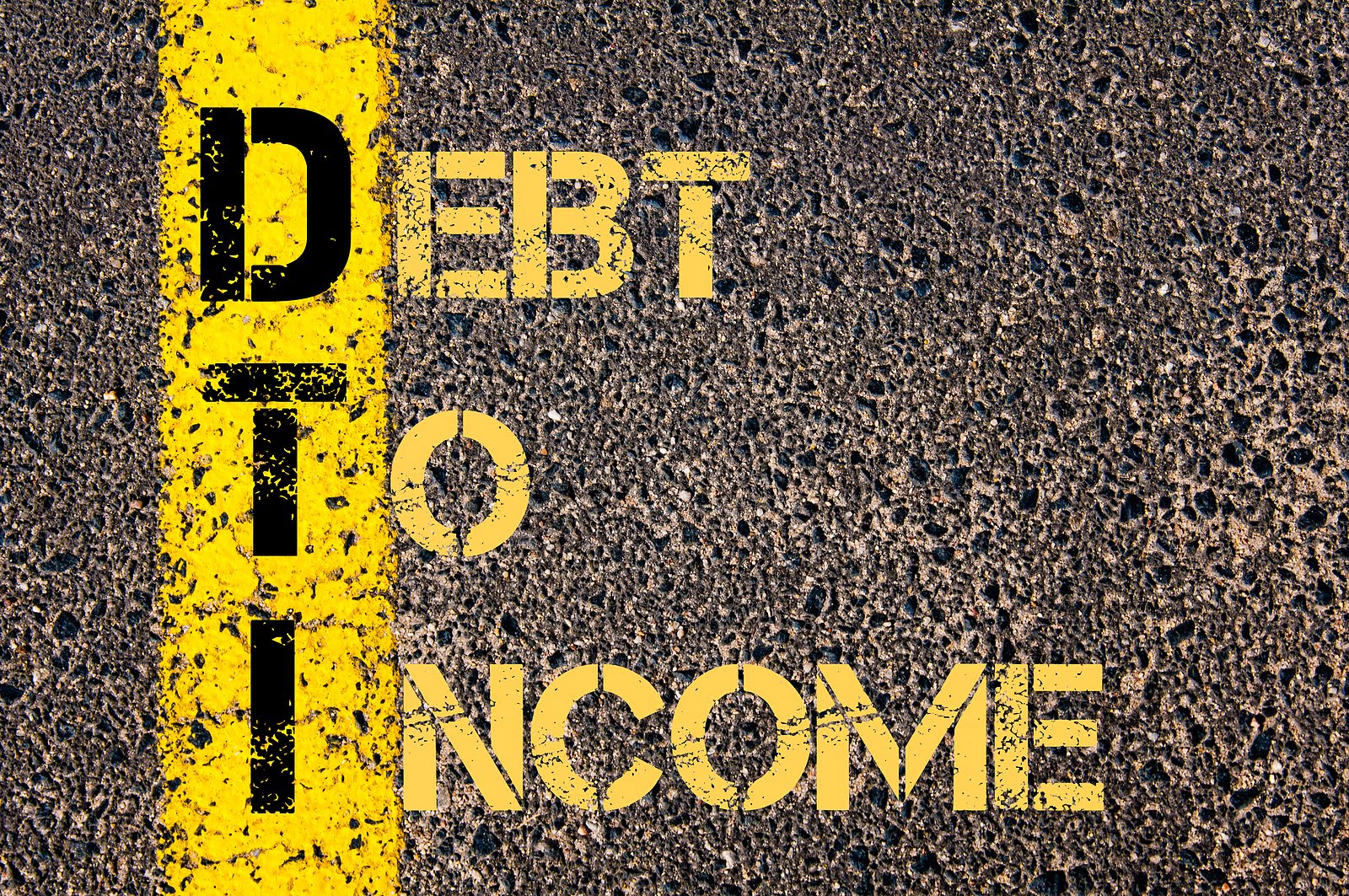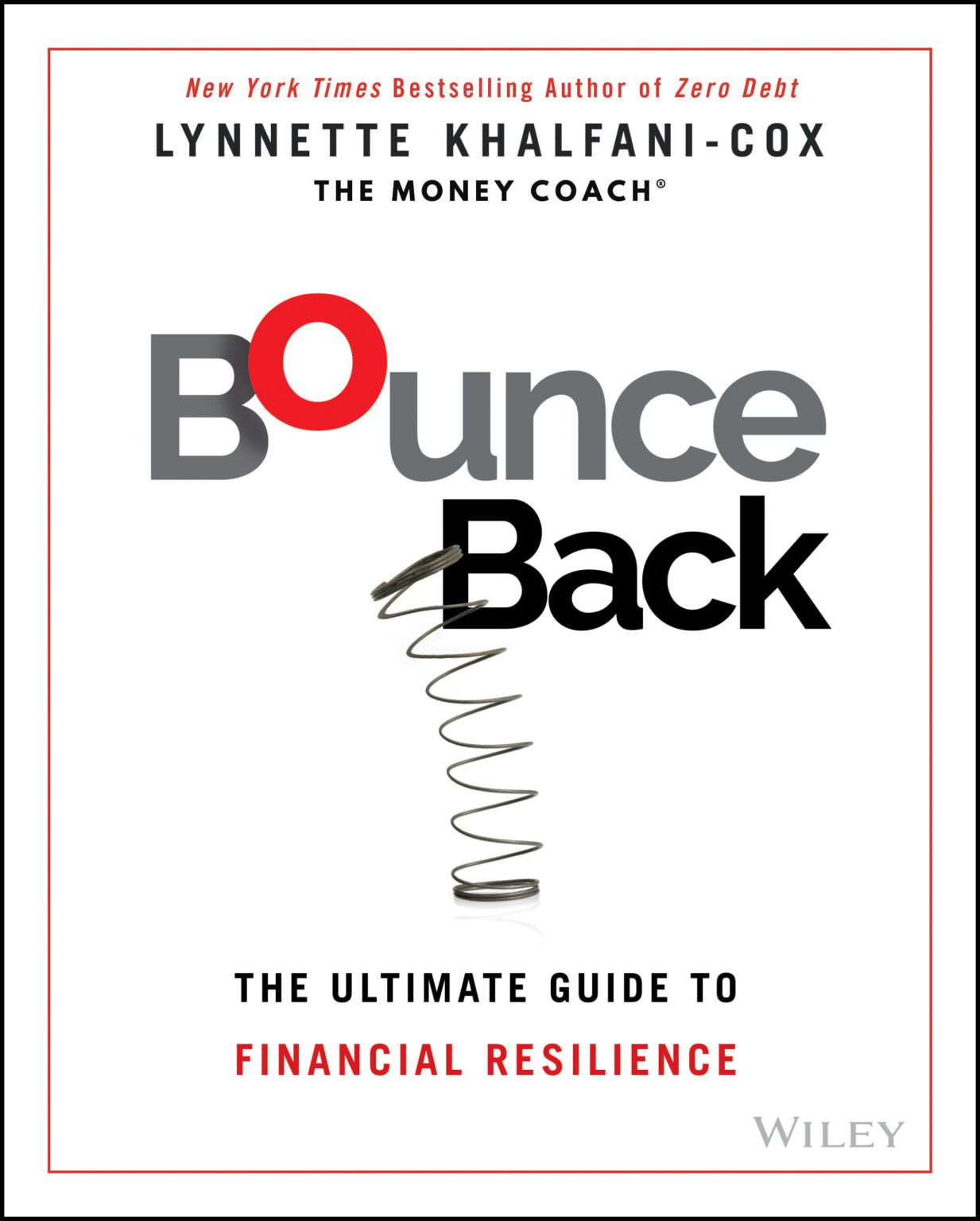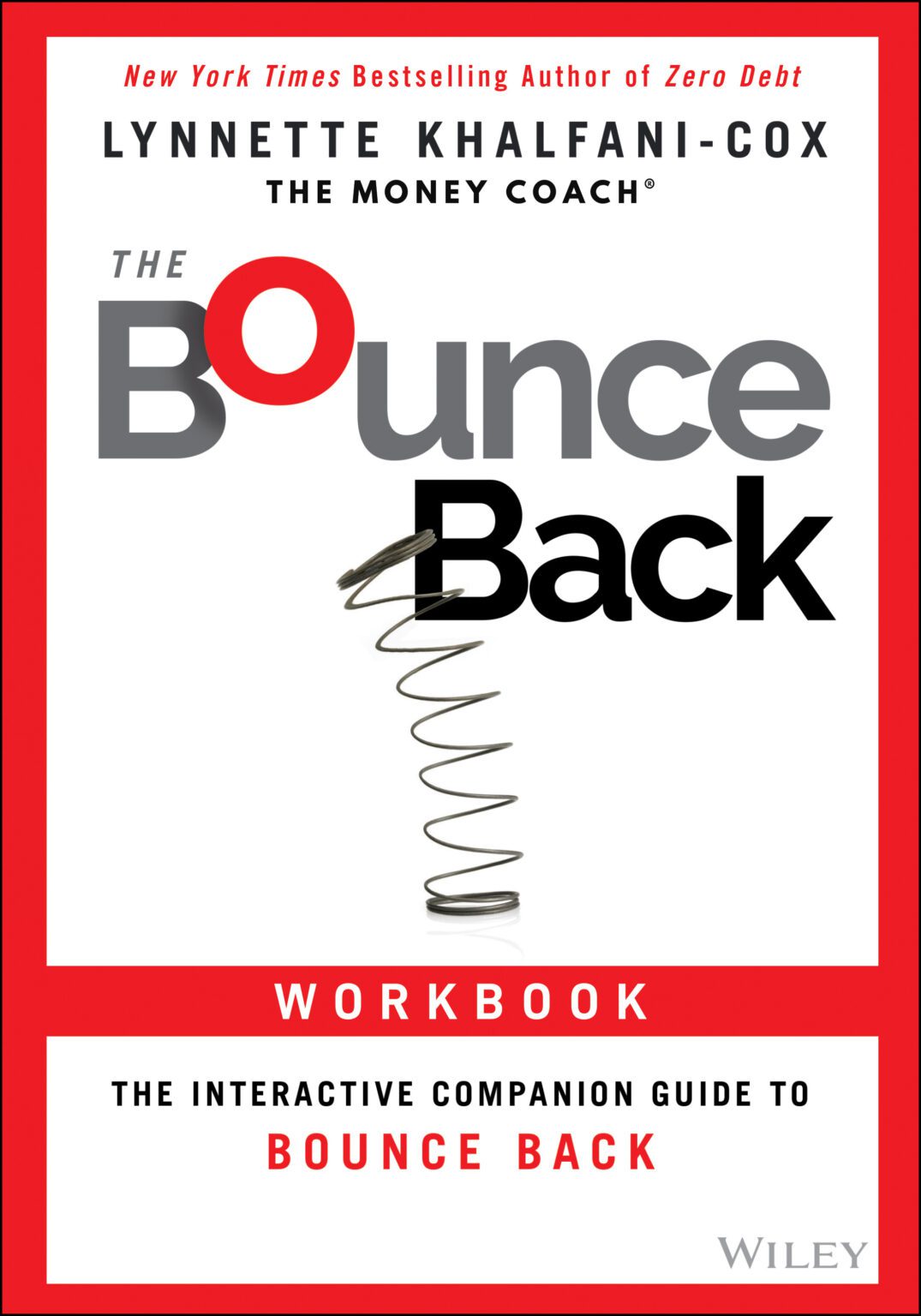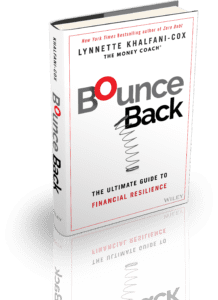If you’re in the market for a loan, chances are that lenders are going to assess something called your “DTI” – also known as your Debt-to-Income ratio. What Exactly is a DTI? And, how can you improve it in order to get that loan that you want?
How DTI is Calculated
First of all, you need to know which debts are taken into account when a lender is going to approve or reject you for a loan. The debts are typically anything that’s included on your credit report that you have 9 – 12 months (or more) to continue paying off.
So, let’s say you have credit card debt that is still remaining; that’s going to be counted in your DTI. Or if you have an auto loan and there’s still a year or more to pay it off —that’s also going to be counted in your Debt-To-Income ratio.
What about Student Loan debt? Yes, if you haven’t paid off those college loans, that will also be included in your DTI.
Lenders take a look at all of your monthly payments from a credit standpoint, but not the other stuff like your utilities and/or child support payments. Those don’t factor into your debt-to-income ratio. It’s only those debts that are reflected as traditional credit obligations on your credit reports.
So, lenders will add up all of those on a monthly basis and calculate your monthly minimum debt payments. Then, lenders will take a look at your income, specifically, your net in net income or take-home pay.
Types of Income Included in Your Debt-to-Income Ratio
On the income side, lenders will look at your paycheck and any other sources of income that you have.
Maybe you actually receive child support payments. While child support payments you make don’t get factored into DTI, child support payments you get can actually be included in your income.
You might also have commissions in addition to your wages. You could have rental income (Note: Typically, you have to have rental income for two or more years for a bank to assess that and use that in your income calculation).
An Example of How Lenders Calculate Your DTI
So lenders take a look at all of your sources of income and they total it up. If it is annual figure, they divide by 12 and that’s how they come up with a monthly figure.
They ultimately compare the debts that you’ve shown in comparison to your income.
Let’s say your debts were $3,000/month and let’s say your income is $9,000/month. This means that your DTI is 33% because your debts represent 1/3 of the income that you’re bringing in.
So, when you’re trying to figure out your own DTI, you need to understand what is going to be counted and assessed.
Front-End DTI vs. Back-End DTI
In the case of applying for a mortgage, lenders will look for something called your “front-end DTI” as well as your “back-end DTI”.
Your front-end debt-to-income ratio is a comparison of your housing costs compared to your income. Your back-end DTI refers to all your recurring bills, plus your housing expenses.
They’ll add in everything, like your mortgage payment along with those other credit obligations, in order to compute your back-end DTI.
What is a good DTI?
When you need a loan, you should ask potential lenders what is their limit, or policy, in terms of the highest level of DTI that you can show and still qualify for the mortgage or loan in question.
Typically, most lenders are somewhere in the 45% figure in terms of your overall DTI. They’re going to look at your credit payments, your housing payments, your student loan payments, your auto loan, and they don’t want that figure to be more than 45% of your overall monthly income.
Some lenders will have more strict guidelines; others more liberal guidelines. So you may find some strict lenders that won’t approve a loan if you DTI is higher than 43%, whereas other lenders will bump it up to a 50% Debt-To-Income ratio in order to be more liberal in their underwriting standards.
But again, it is up to you as a consumer to first ask ahead of time – before applying for a loan – so that you know what you need to do in order to qualify, and hopefully get the best loan rates and terms.
Maybe you need to pay off some of those debts before you actually apply for the loan.
If so, at least you now understand what a debt-to-income ratio is and can begin to increase your chances of success when the time comes to fill out your loan application.








